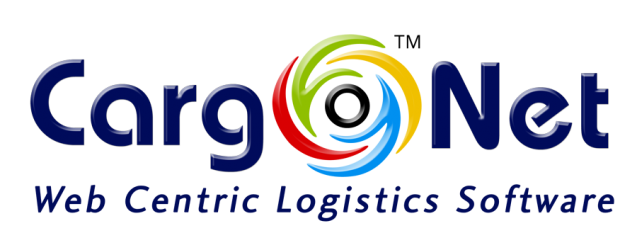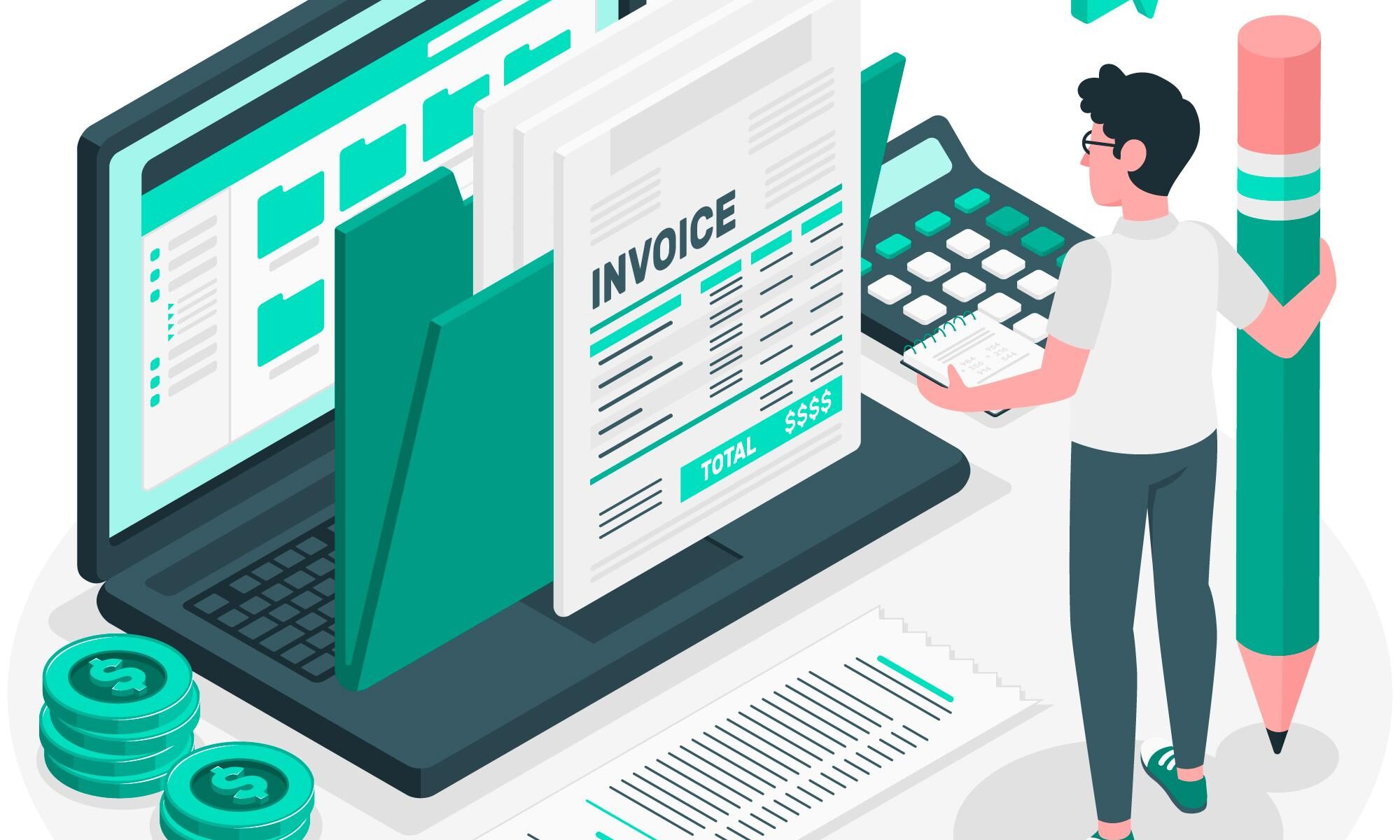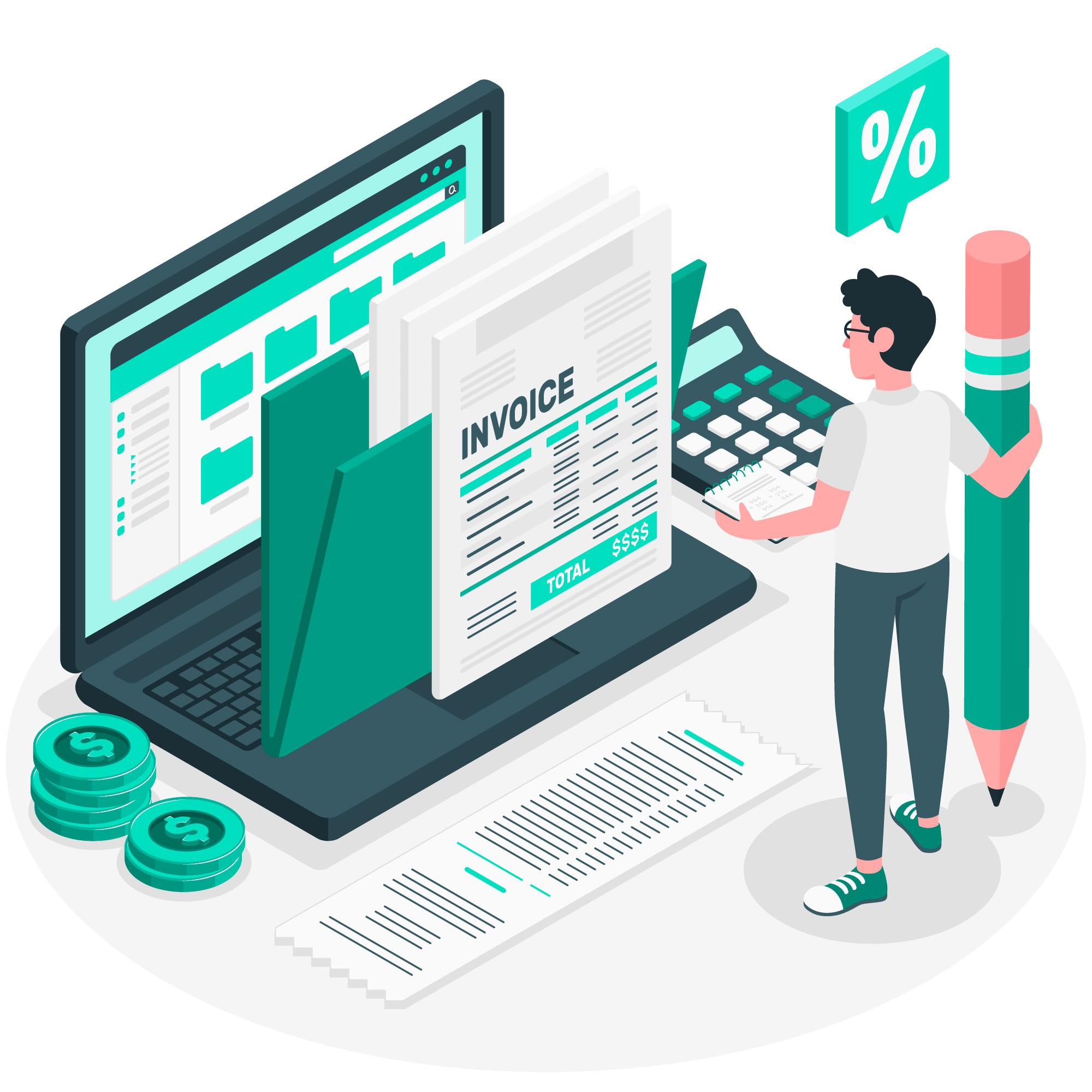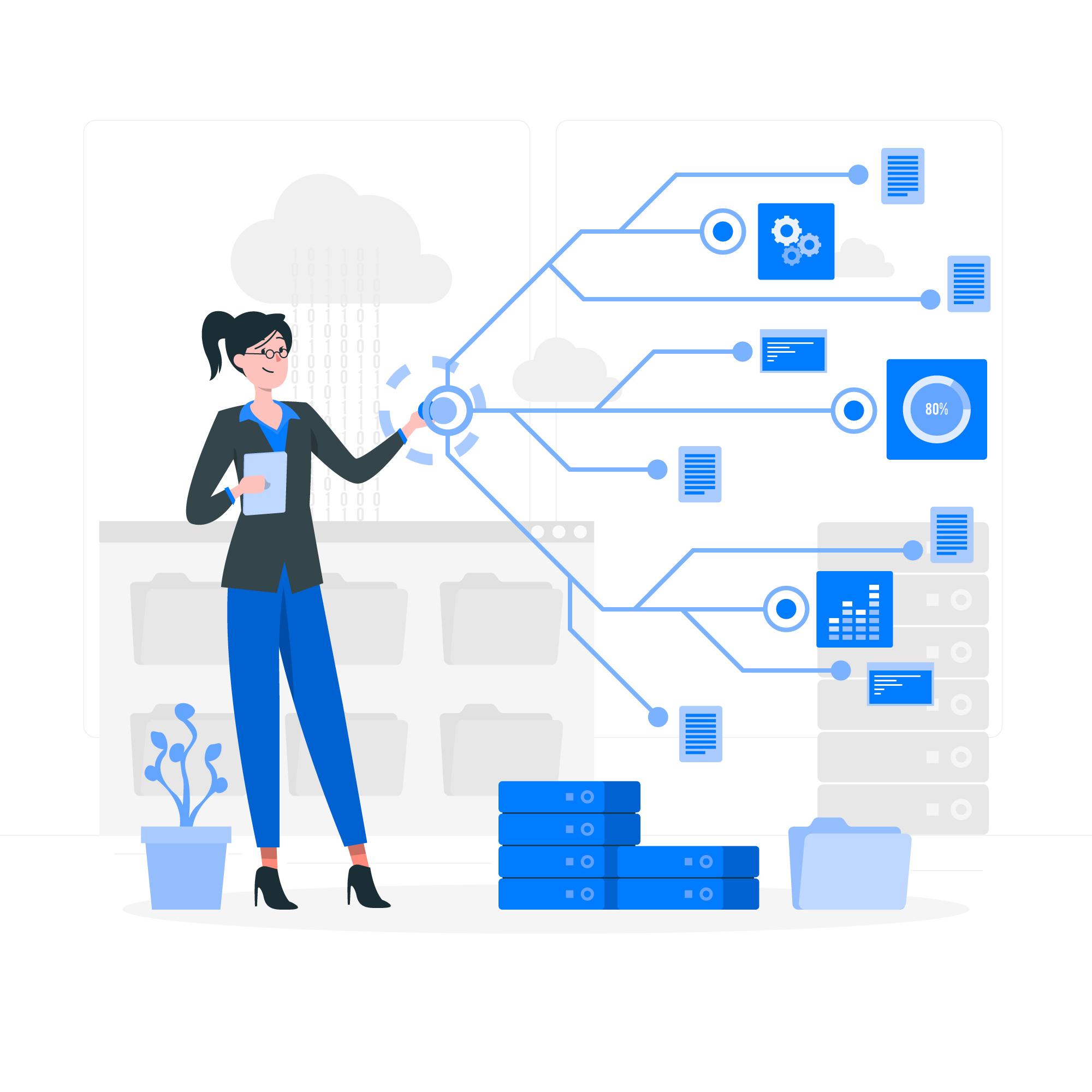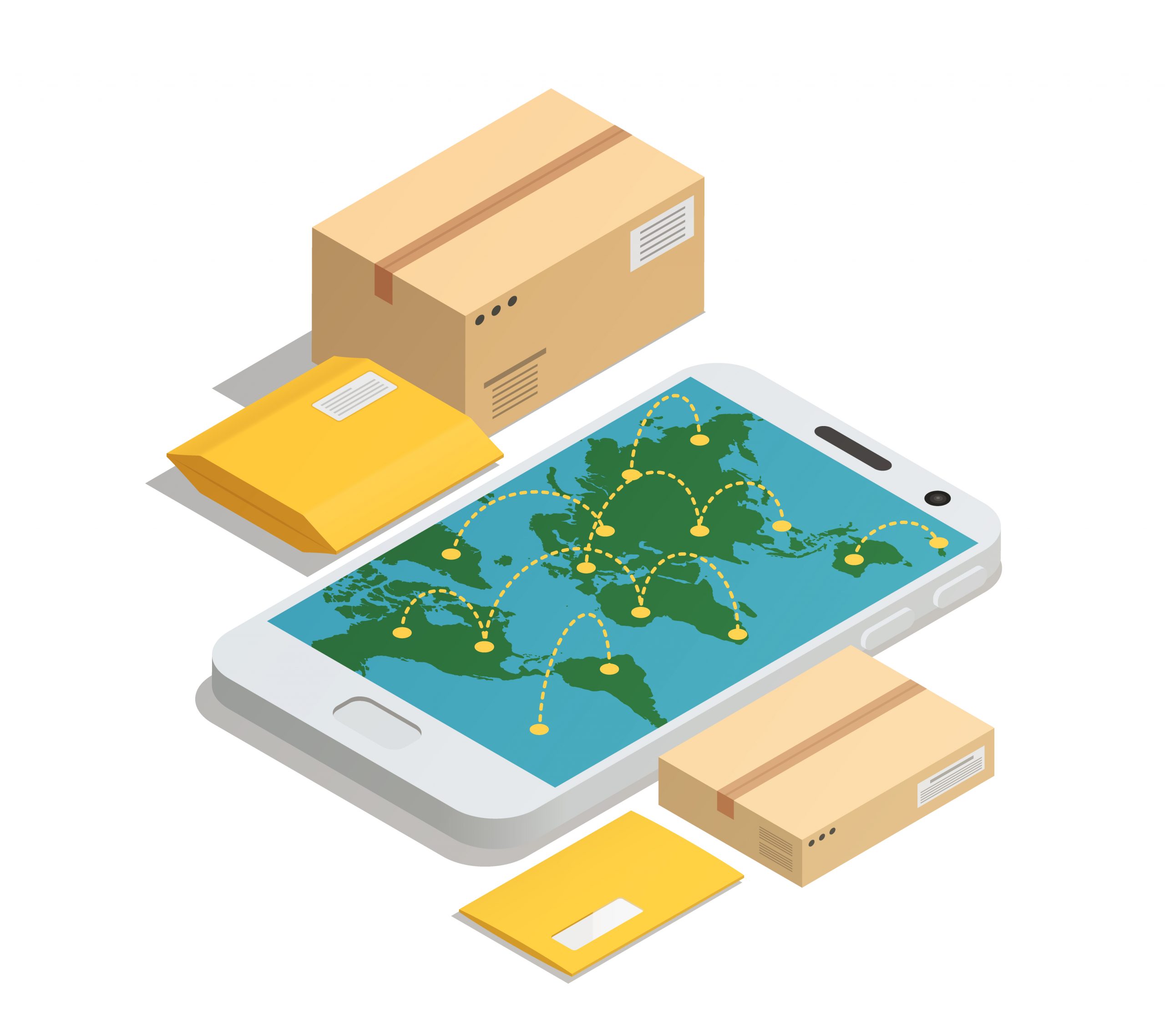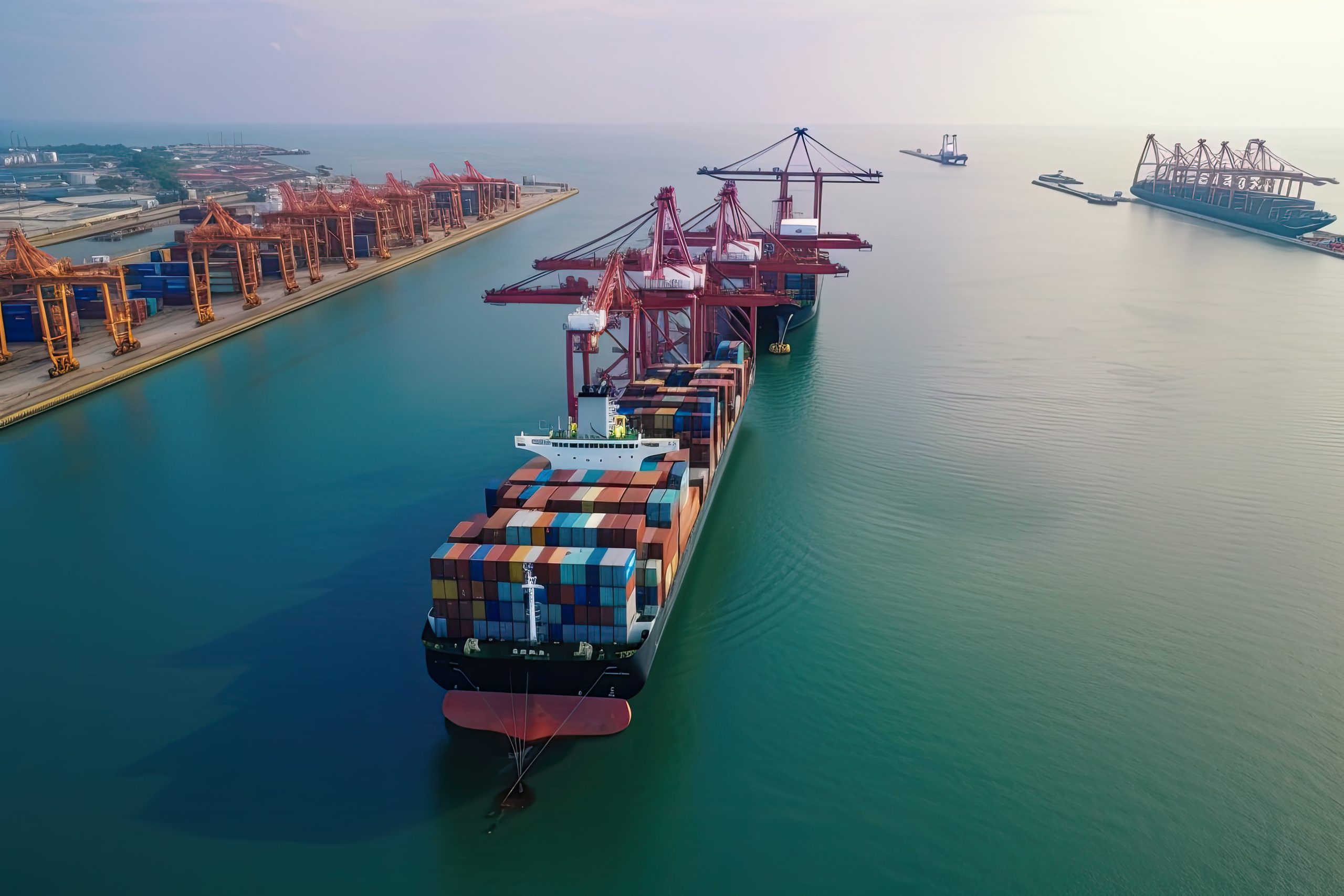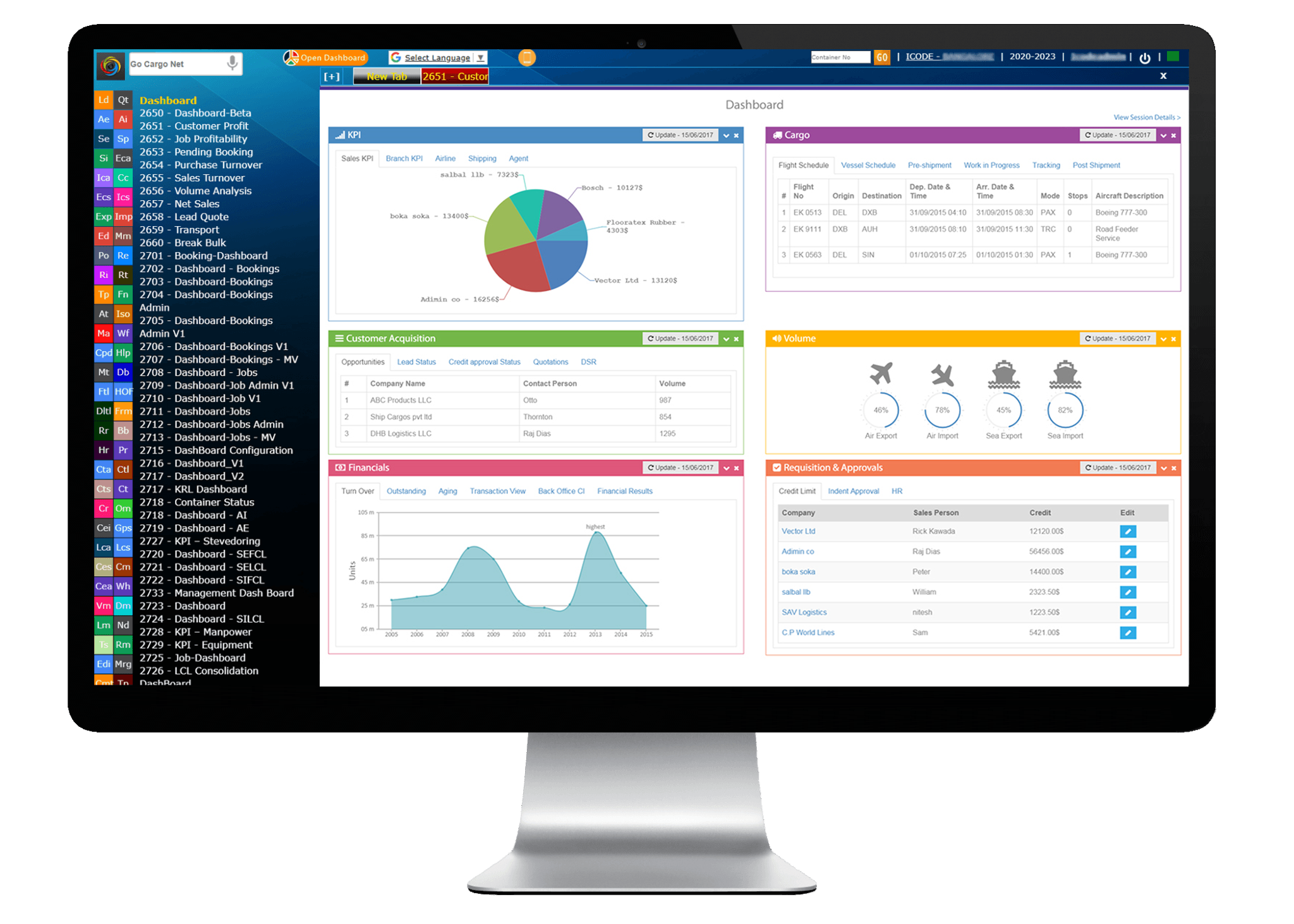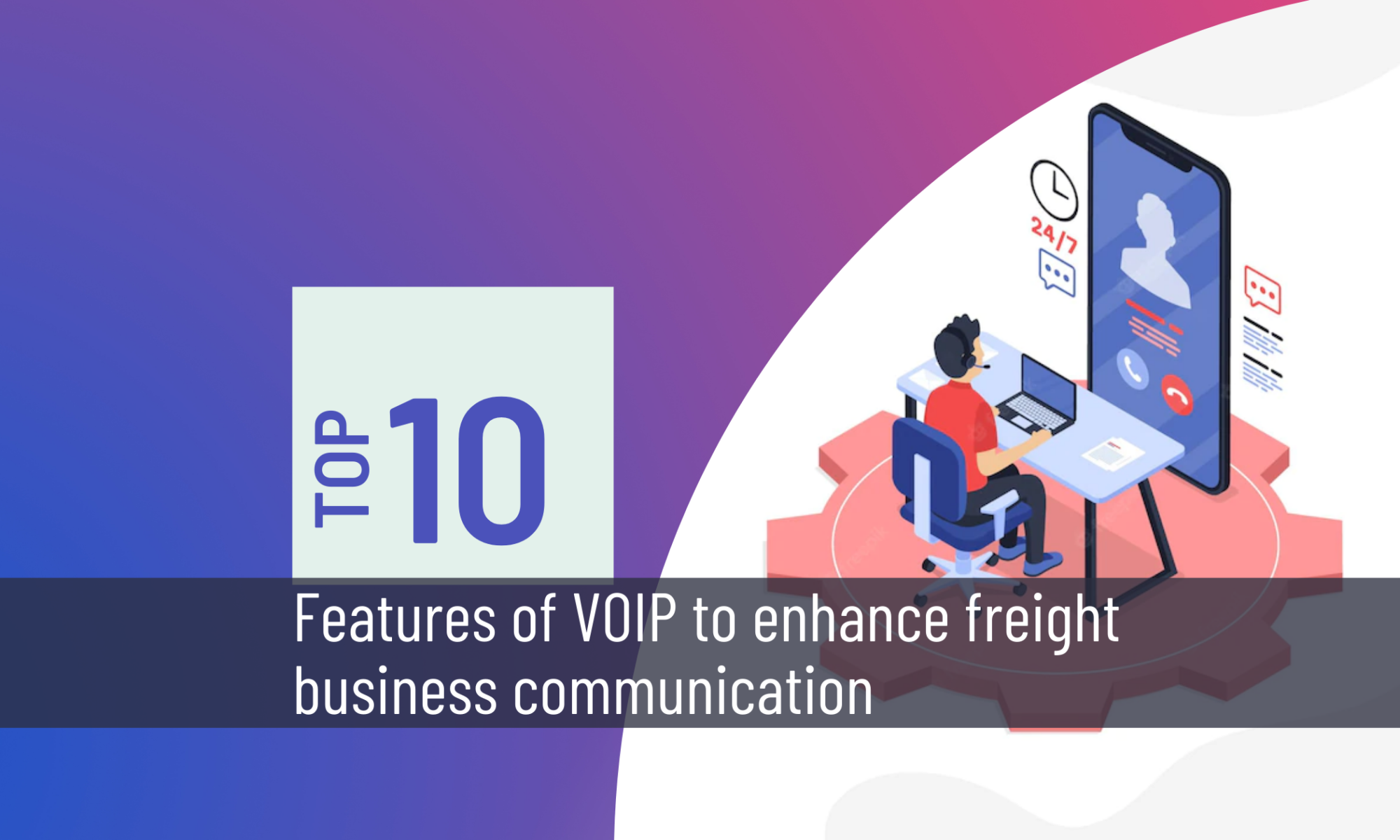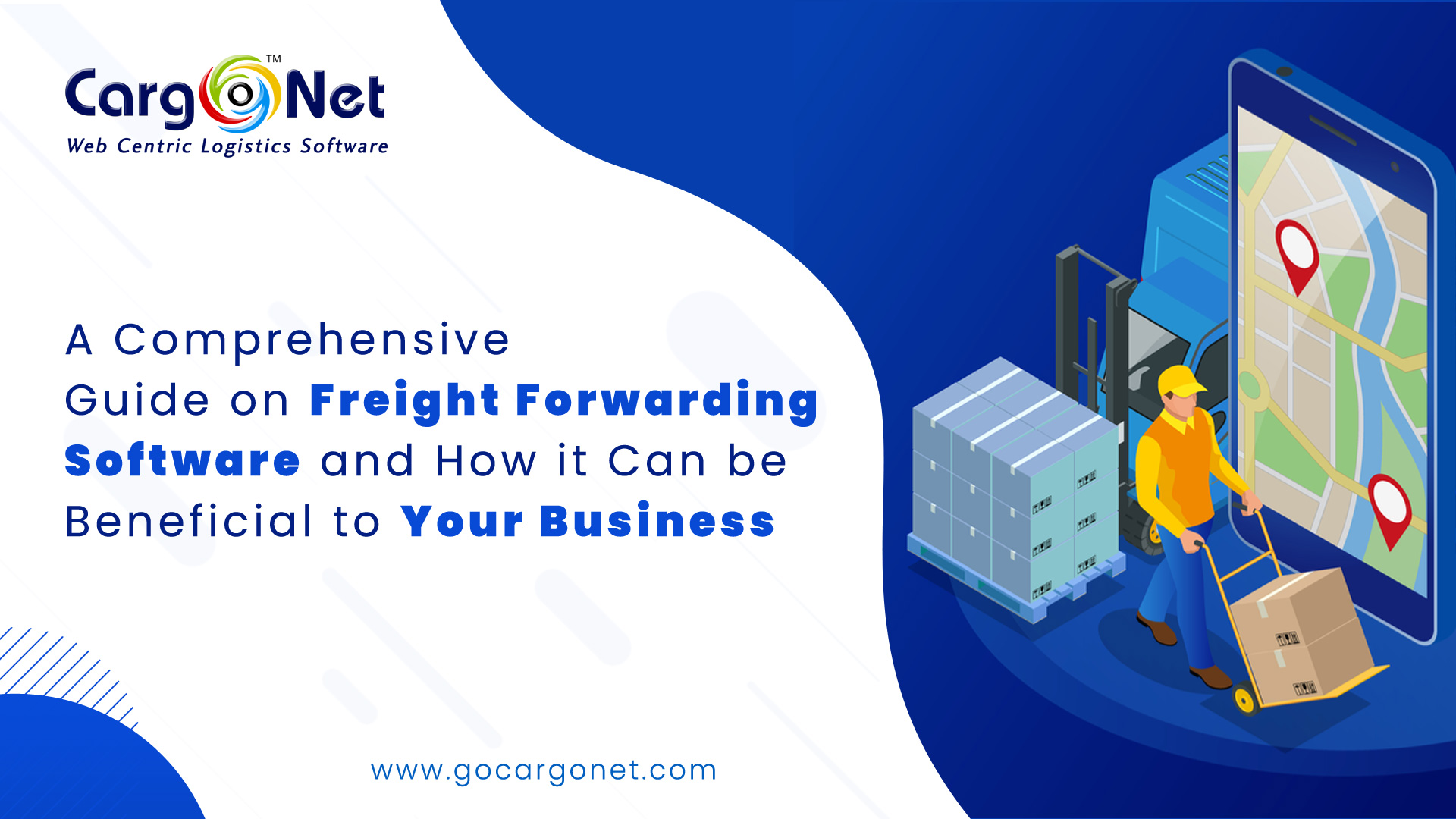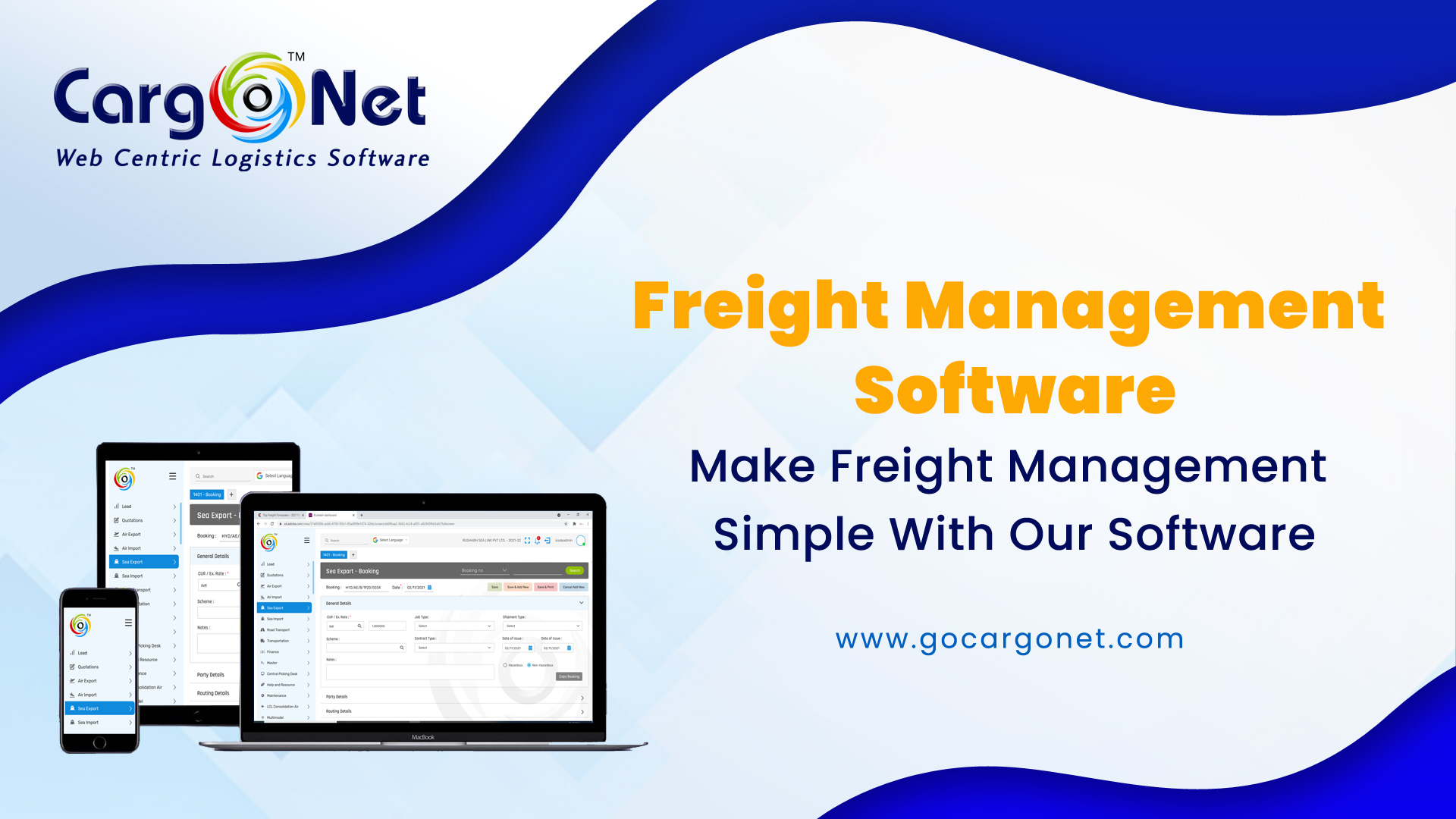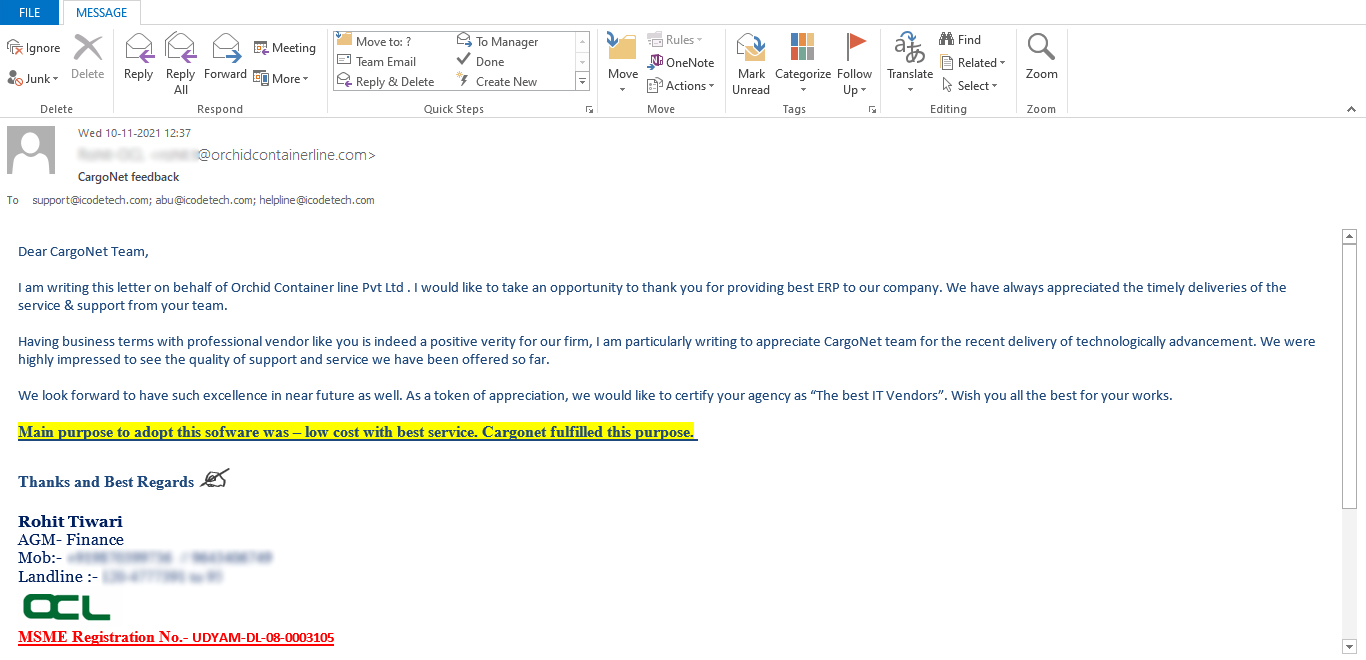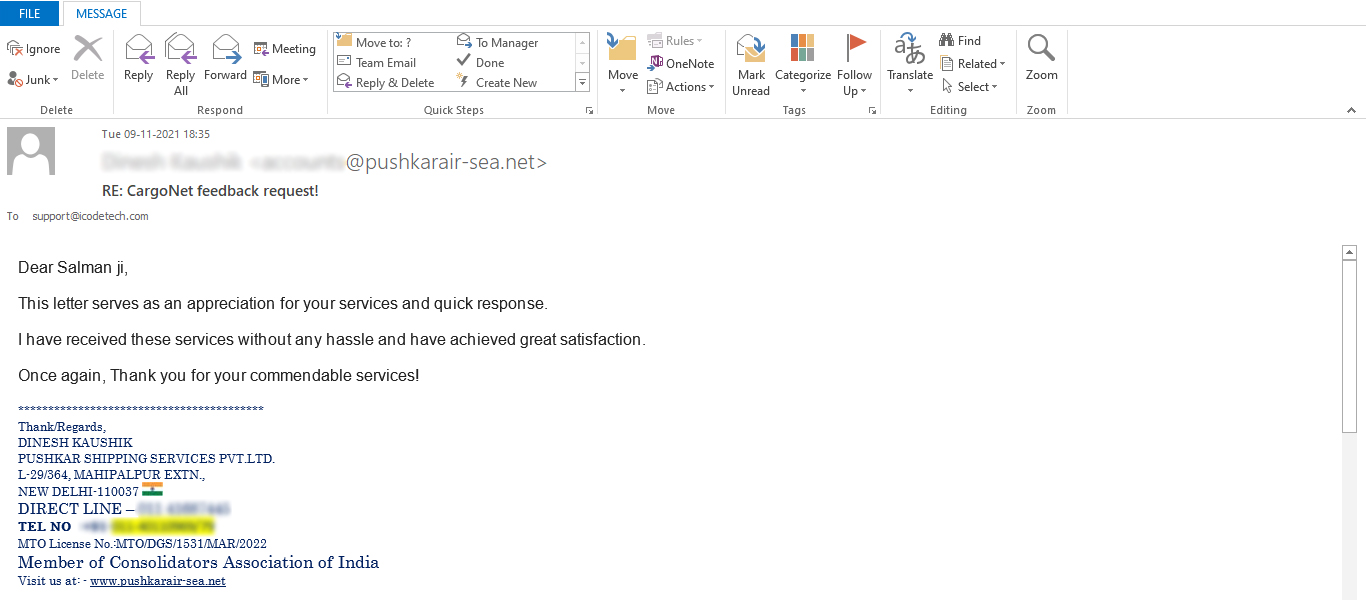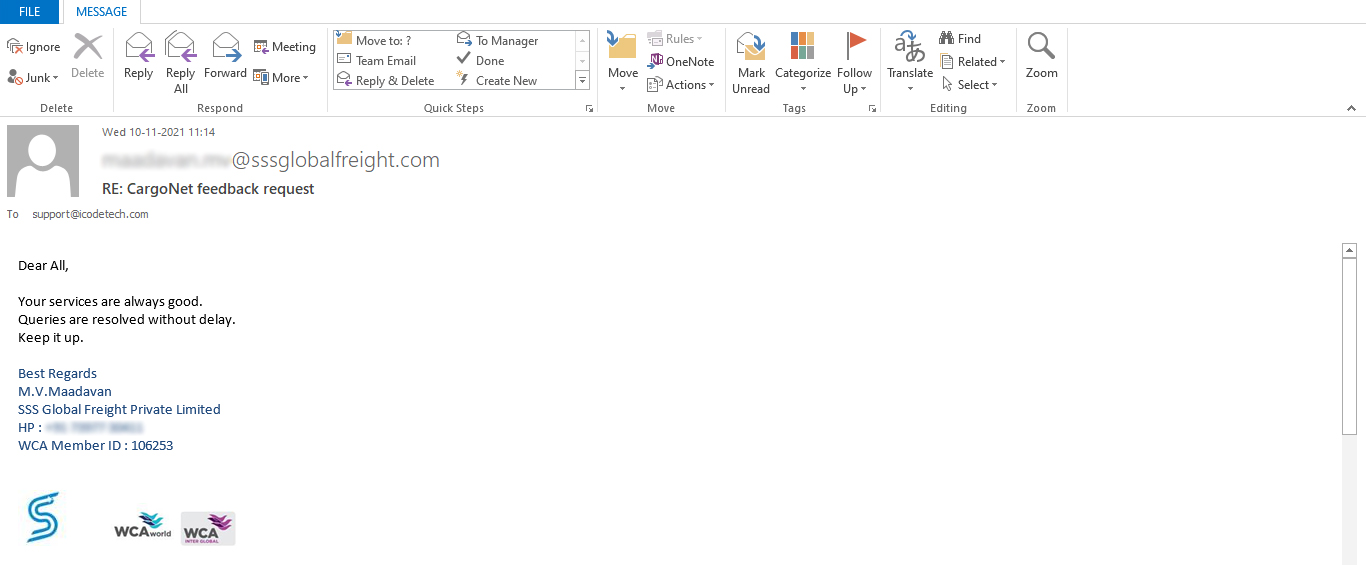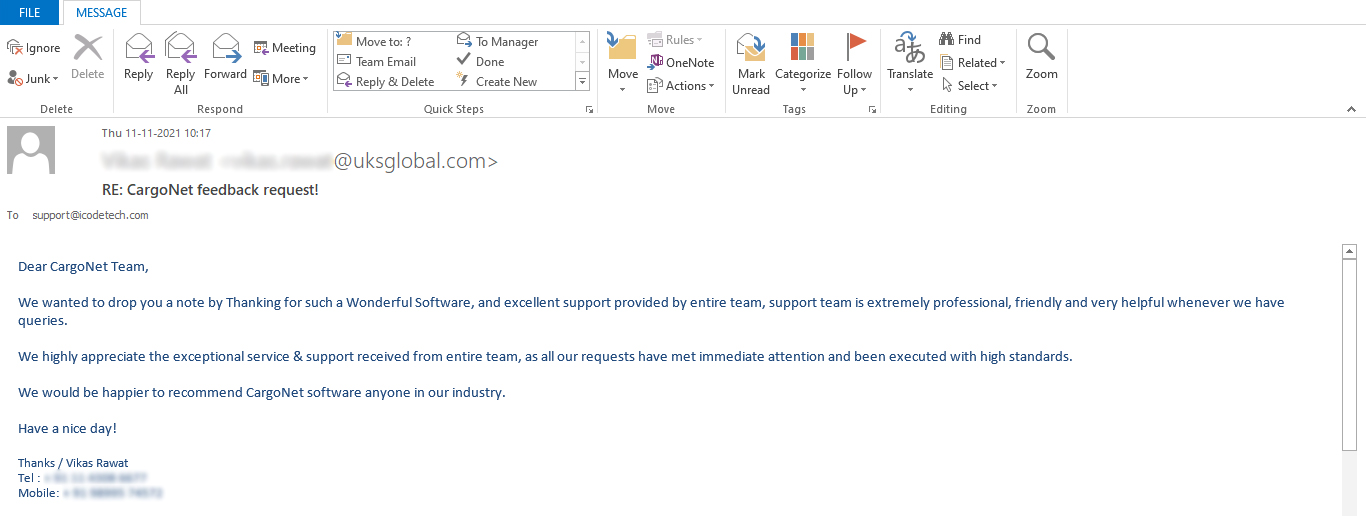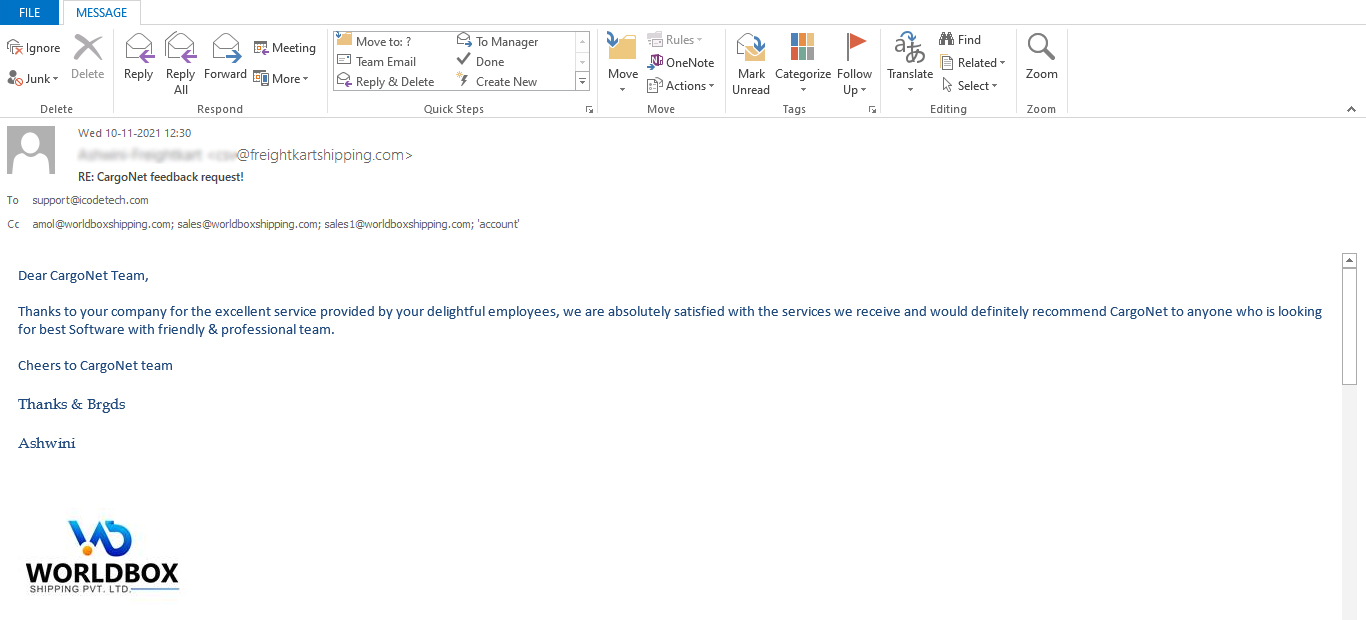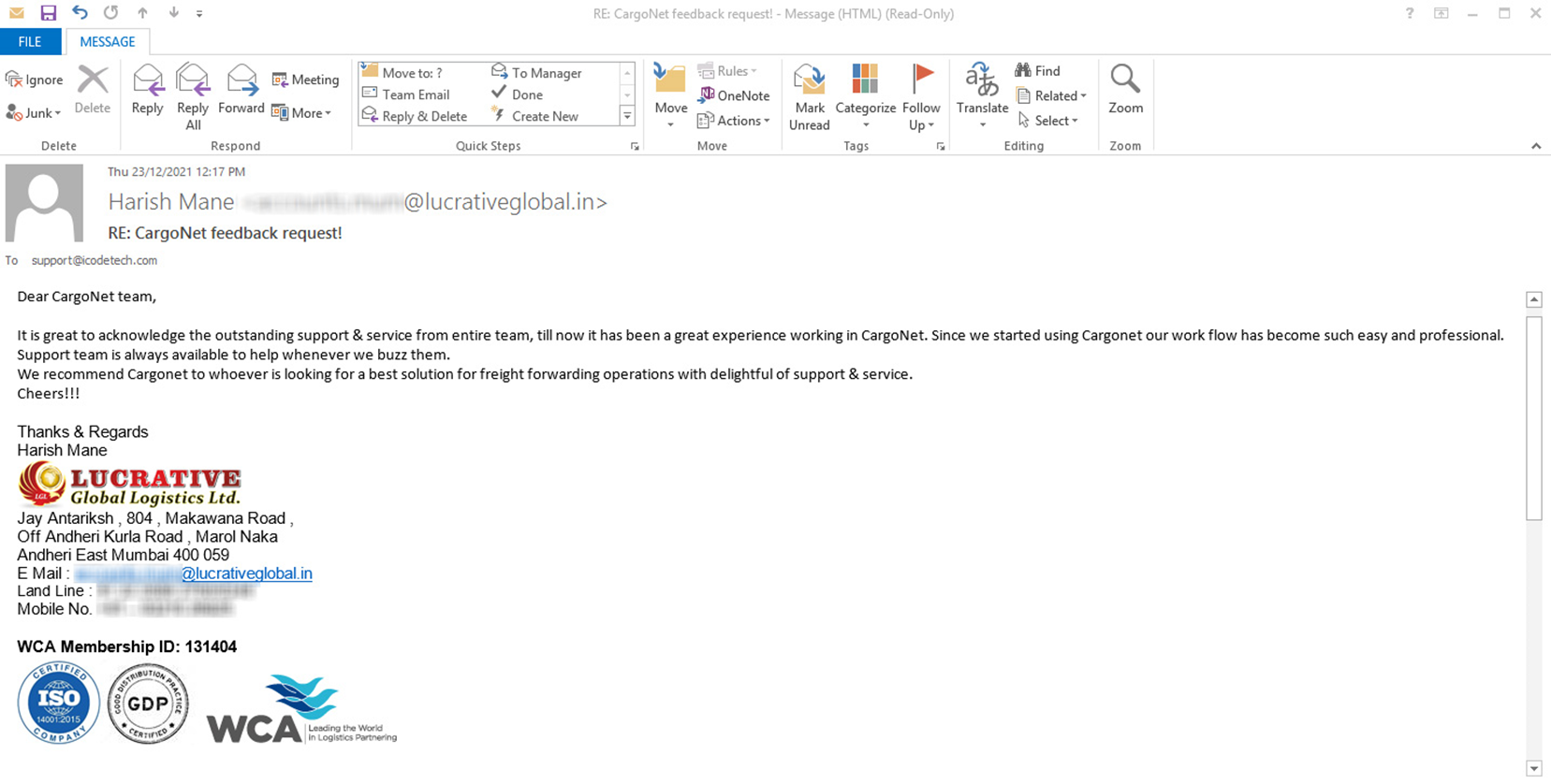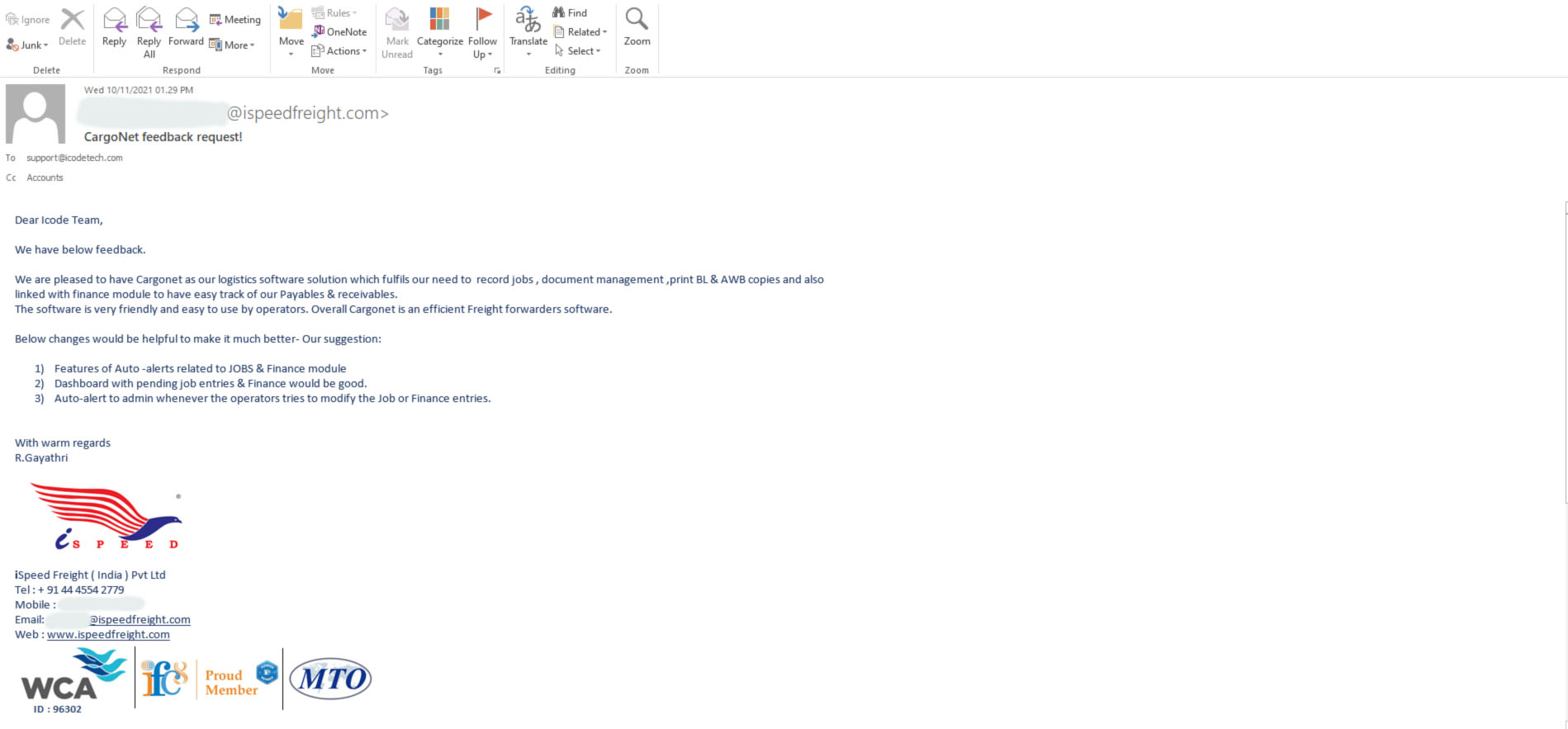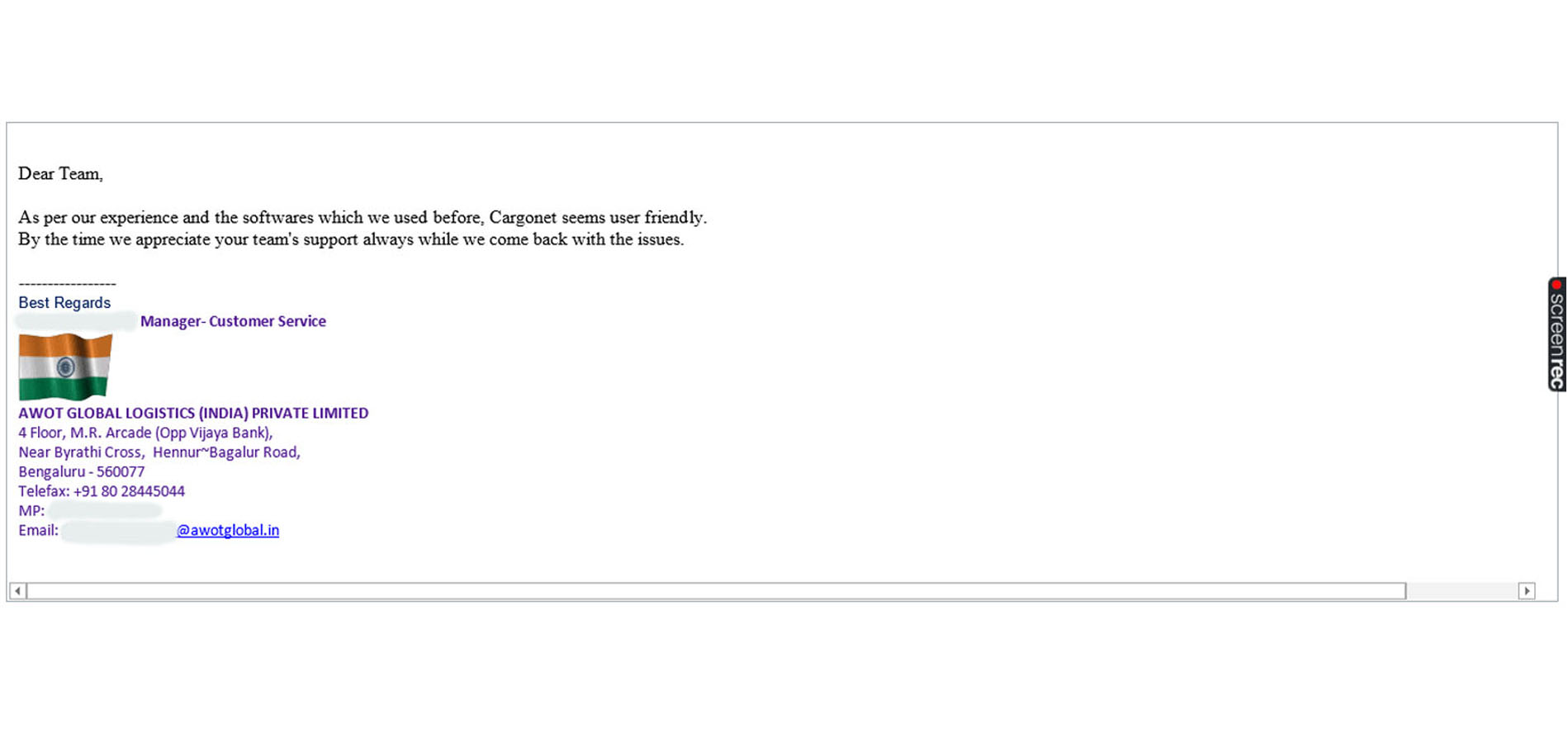All you need to know
Blog
Menu
Digital Evolution: Navigating Saudi Arabia
E-Invoicing Transformation - A Quick Guide
In the rapidly evolving landscape of global commerce, governments worldwide are embracing digital transformation initiatives to streamline processes and enhance transparency. The Kingdom of Saudi Arabia (KSA) stands at the forefront of this digital revolution, with the implementation of e-invoicing as an essential step towards modernizing its economy. In this comprehensive guide, we break down the details of e-invoicing in Saudi Arabia, providing businesses with straightforward insights to navigate this transformative journey.
Understanding E-Invoicing in Saudi Arabia
E-invoicing, commonly referred to as Fatoorah in Saudi Arabia, represents a significant change from traditional paper-based invoicing to electronic formats. Initiated by the General Authority of Zakat and Tax (GAZT), now combined with Zakat, Tax, and Customs Authority (ZATCA), e-invoicing aims to revolutionize how businesses conduct transactions in the Kingdom.What E-Invoicing
E-invoicing, commonly referred to as Fatoorah in Saudi Arabia, represents a significant change from traditional paper-based invoicing to electronic formats. Initiated by the General Authority of Zakat and Tax (GAZT), now combined with Zakat, Tax, and Customs Authority (ZATCA), e-invoicing aims to revolutionize how businesses conduct transactions in the Kingdom.Significance of E-Invoicing
The introduction of e-invoicing underscores Saudi Arabia’s commitment to building a digital-first economy. By transitioning to electronic invoicing, businesses can enhance operational efficiency, reduce paperwork, and promote transparency in financial transactions.Key Implementing Authority: ZATCA
ZATCA serves as the regulatory authority for e-invoicing in Saudi Arabia. Through careful guidelines and regulations, ZATCA endeavors to streamline the implementation of e-invoicing across diverse sectors.Types of E-Invoices
E-invoices in Saudi Arabia include standard tax invoices and simplified tax invoices, catering to business-to-business (B2B) and business-to-consumer (B2C) transactions, respectively. Compliance with prescribed invoice formats is paramount to ensure regulatory compliance.Latest Updates on E-Invoicing
As of November 17, 2023, businesses with a turnover exceeding SAR 30 million in 2021 or 2022 that are registered under VAT fall under Wave 9 of Phase 2. The phased implementation of e-invoicing has advanced, encompassing Waves 8, 7, and 6 for businesses with turnovers exceeding SAR 40 million, SAR 50 million, and SAR 70 million, respectively. Each wave mandates integration with ZATCA’s Fatoora portal, contributing to the gradual digital transformation of the Saudi Arabian business landscape, and these particular businesses need to complete the integration by June 1, 2024. The phased implementation of e-invoicing has progressed, with Waves 8, 7, and 6 covering businesses with turnovers exceeding SAR 40 million, SAR 50 million, and SAR 70 million, respectively. Each wave mandates integration with ZATCA’s Fatoora portal, contributing to the gradual digital transformation of the Saudi Arabian business landscape.Applicability and Phases of E-Invoicing
E-invoicing mandates apply to all entities registered under KSA VAT, excluding non-resident taxpayers. The phased implementation of e-invoicing, categorized into Generation and Integration phases, ensures a systematic transition towards digital invoicing practices.Table: Phases and Implementation Details of E-Invoicing in Saudi Arabia
| Wave Number | VAT Turnover | Which Year Turnover to be Considered | E-Invoicing to be Implemented from |
| Wave 1 under phase 2 | More than SAR 3 billion | 2021 | 01.01.2023 |
| Wave 2 under phase 2 | More than SAR 500 million and less than SAR 3 billion | 2021 | 01.07.2023 |
| Wave 3 under phase 2 | More than SAR 250 million and less than SAR 500 million | 2021 or 2022 | 01.10.2023 |
| Wave 4 under phase 2 | More than SAR 150 million and less than SAR 250 million | 2021 or 2022 | 01.11.2023 |
| Wave 5 under phase 2 | More than SAR 100 million and less than SAR 150 million | 2021 or 2022 | 01.12.2023 |
| Wave 6 under phase 2 | More than SAR 70 million and less than SAR 100 million | 2021 or 2022 | 01.01.2024 |
| Wave 7 under phase 2 | More than SAR 50 million and less than SAR 70 million | 2021 or 2022 | 01.02.2024 |
| Wave 8 under phase 2 | More than SAR 40 million and less than SAR 50 million | 2021 or 2022 | 01.03.2024 |
| Wave 9 under phase 2 | More than SAR 30 million and less than SAR 40 million | 2021 or 2022 | 01.06.2024 |
Key Information on Phase 2 Implementation:
- Commencement of Phase 2: The second phase begins on January 1, 2023, with the first target taxpayer group, which includes businesses with a revenue exceeding SAR 3 billion in the calendar year 2021.
- Notification for Wave 2: Businesses falling within the turnover bracket of SAR 500 million to 3 billion are part of Wave 2. They are mandated to integrate their ERP/POS with the Fatoora portal starting from July 1, 2023.
- Implementation Notice: ZATCA (Zakat and Tax Authority) provides a 6-month notice for Phase 2 implementation. This implies that businesses had until June 30, 2023, to prepare for integration, based on the official notification received on June 24, 2022.
Process Flow of E-Invoicing
The process of generating e-invoices entails adherence to prescribed guidelines and technical specifications outlined by ZATCA. Understanding the intricacies of e-invoicing workflows is essential for seamless integration into existing business processes.Benefits of E-Invoicing in Saudi Arabia
The introduction of e-invoicing in Saudi Arabia brings forth numerous advantages for businesses and the government:- Enhanced Tax Compliance: E-invoicing promotes transparency in commercial transactions, facilitating better tax compliance and reducing the likelihood of fraudulent activities.
- Improved Accuracy and Efficiency: Electronically generated invoices enhance accuracy and streamline transactions, benefiting both businesses and government entities. This leads to faster payments, reduced costs, and overall operational efficiency.
- Environmental Sustainability: The shift towards e-invoicing significantly reduces the reliance on paper invoices, contributing to environmental sustainability.
- Detection of Fraudulent Activities: E-invoicing enables real-time tracking of transactions, allowing tax authorities to promptly detect fake invoices and malpractices, ensuring a more secure and trustworthy business environment.
